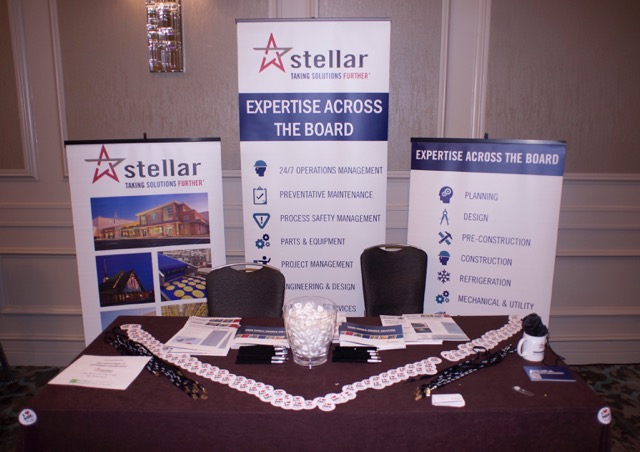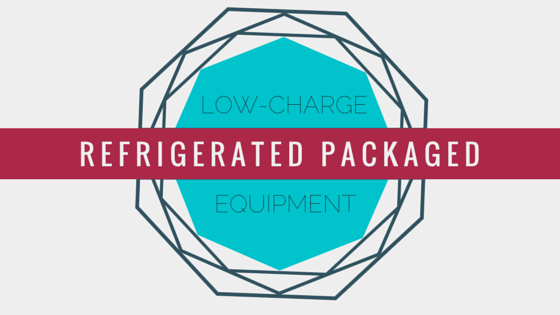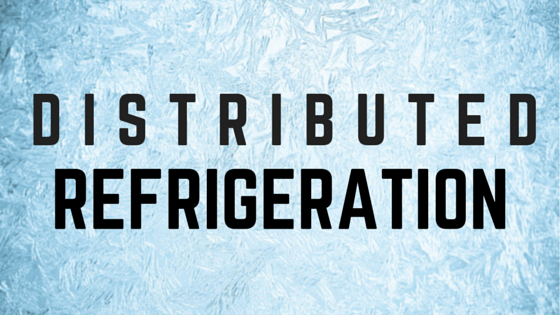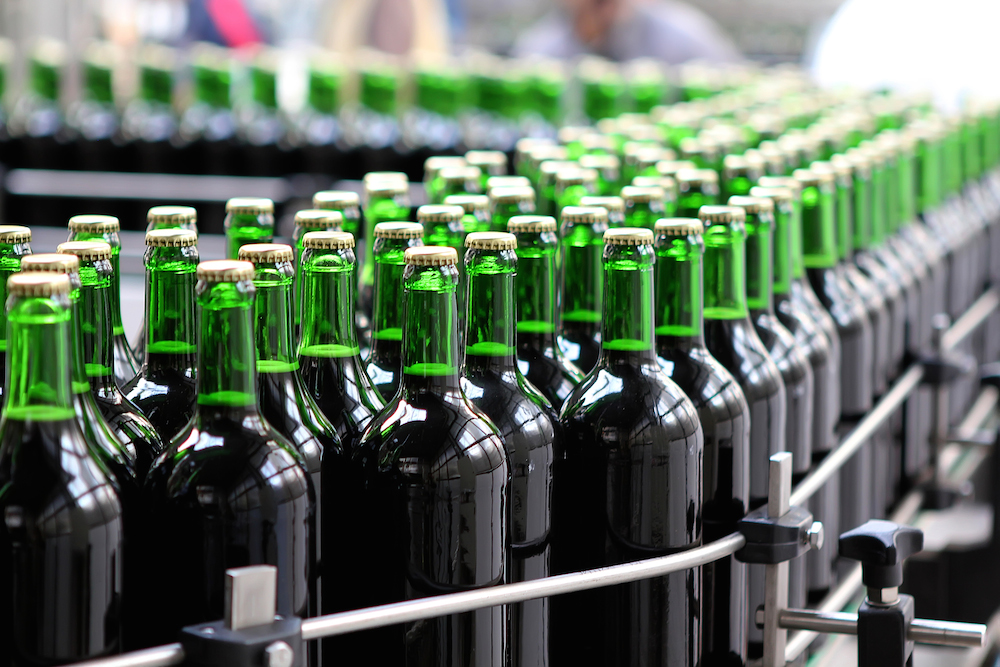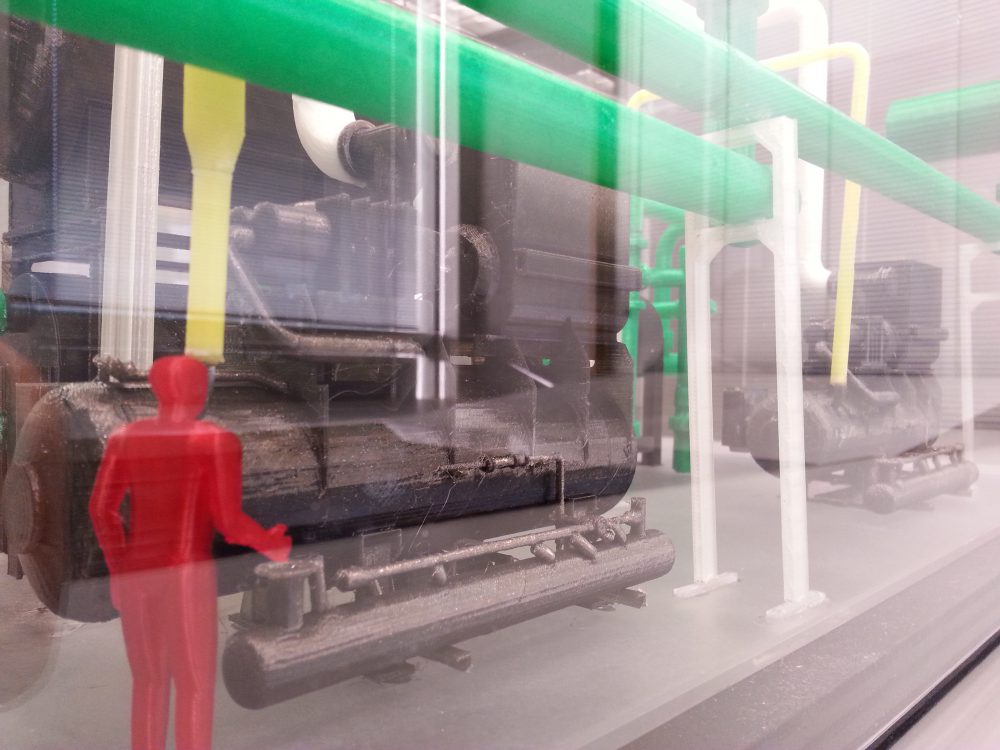The Latest in Natural Refrigerants: ATMOsphere America 2015 Recap
I recently joined hundreds of refrigeration stakeholders in Atlanta for ATMOsphere America 2015, an annual natural refrigerants conference. Stellar was among the 37 sponsors, and I among the group of 60-plus speakers, leading a presentation on the advantages of packaged refrigeration equipment. I also attended several sessions myself, leaving the conference with valuable takeaways on the refrigeration industry, including my favorites below: Continue Reading “The Latest in Natural Refrigerants: ATMOsphere America 2015 Recap”



